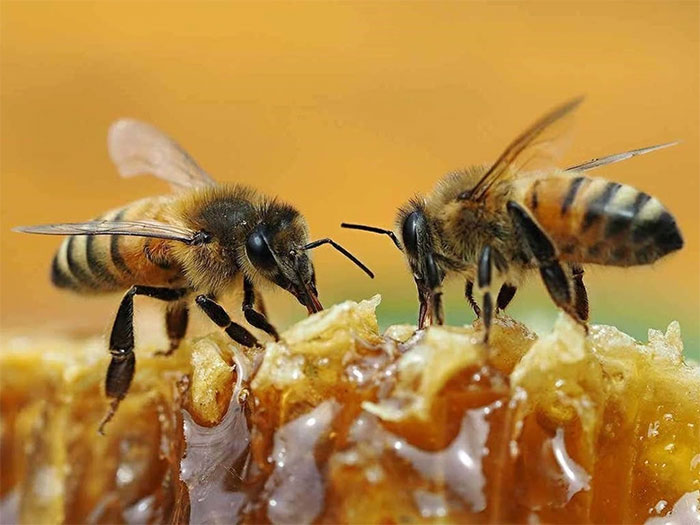A study published reveals that honeybees can learn to distinguish between even and odd numbers, much like humans do.
The learning abilities and cognition of animal species remain a mystery to scientists.
As children, we learn to differentiate between even and odd numbers. The rule that numbers ending in 1, 3, 5, 7, or 9 are odd, while those ending in 0, 2, 4, 6, or 8 are even, becomes quite obvious.
Until now, the classification of even and odd, also known as odd-even classification, had never been documented in non-human animals. However, in a study published in the journal Frontiers in Ecology and Evolution, scientists in Australia have discovered this unique ability in honeybees for the first time.
How Do Scientists Teach Bees to Count?

Bees trained to associate odd numbers with sugar water learn faster.
Previous studies have shown that honeybees can learn to arrange quantities, perform simple addition and subtraction, as well as associate symbols with quantities.
To teach the bees to count even and odd numbers, researchers divided the individuals into two groups: one group was trained to associate even numbers with sugar water, while the other group became familiar with odd numbers using a bitter liquid. They then reversed the training.
In the final round, each bee was trained to compare odd and even numbers using printed number cards from 1 to 10 until they selected the correct answer with an accuracy of up to 80%.
Interestingly, the bees trained to associate odd numbers with sugar water learned faster. This is thought to be the opposite of humans, who tend to classify even numbers better.
Why Even and Odd?
The task of distinguishing between even and odd has long been regarded as a higher-level and abstract arithmetic concept, unique to humans. Interestingly, humans may have associations in various areas such as accuracy, speed, language, and bias when classifying odd or even numbers.
For example, we tend to respond faster to even numbers by associating them with actions performed by the right hand. Similarly, odd numbers are associated with actions performed by the left hand.
Research suggests that humans may have developed inherent biases towards even and odd numbers—traits that may have arisen through evolutionary processes over centuries.
Thus, understanding how other animal species perceive the concept of even and odd can provide insights into the history of humanity itself.
Additionally, the results of this study help us understand how mathematics and abstract thinking develop in humans, as a tiny brain consisting of only 960,000 neurons in honeybees can comprehend the concepts of even and odd numbers and distinguish between them, comparable to humans (with 86 billion neurons), if trained correctly.


















































